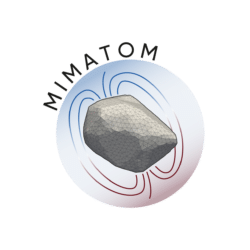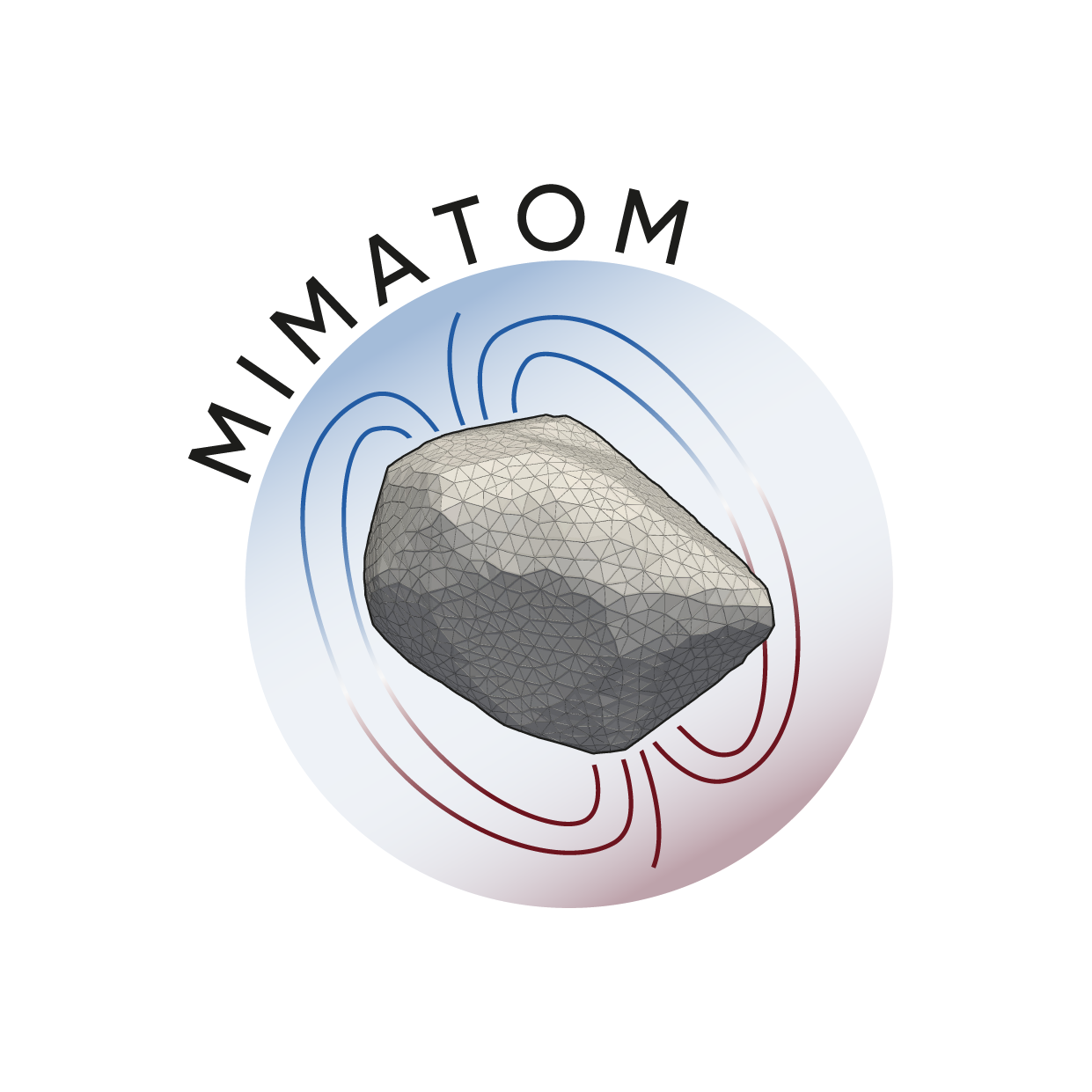An inversion is a mathematical produce in which model parameters, \mathbf{m}, are induced from observations, \mathbf{d}, and governing equations, Q, that determine how the model parameters ‘create’ the observations. In case of MMT, the magnetic moment of individual grains are induced from the surface magnetic field map, positional data of the individual grains, and magnetic potential theory. An inversion problem to obtain a model looks like:
\mathbf{m} = Q^{-1}\mathbf{d} ,
where Q^{-1} is the inverse of Q. The inverse of Q only exists if Q is square and its determinant is not equal to zero. If Q^{-1} would be matrix multiplied with Q,
and they are both square full rank matrices, then an unit matrix will
be outputted. If there are more model parameters to be inferred than
observations, then a minimum norm approach is used to obtain a
pseudoinverse of Q. If more observations than model parameters
are present in the problem, then a least squares approach is used to
obtain another pseudoinverse of Q. In MMT, there are frequently more observations than model parameters, hence the least squares approach is mostly used.




